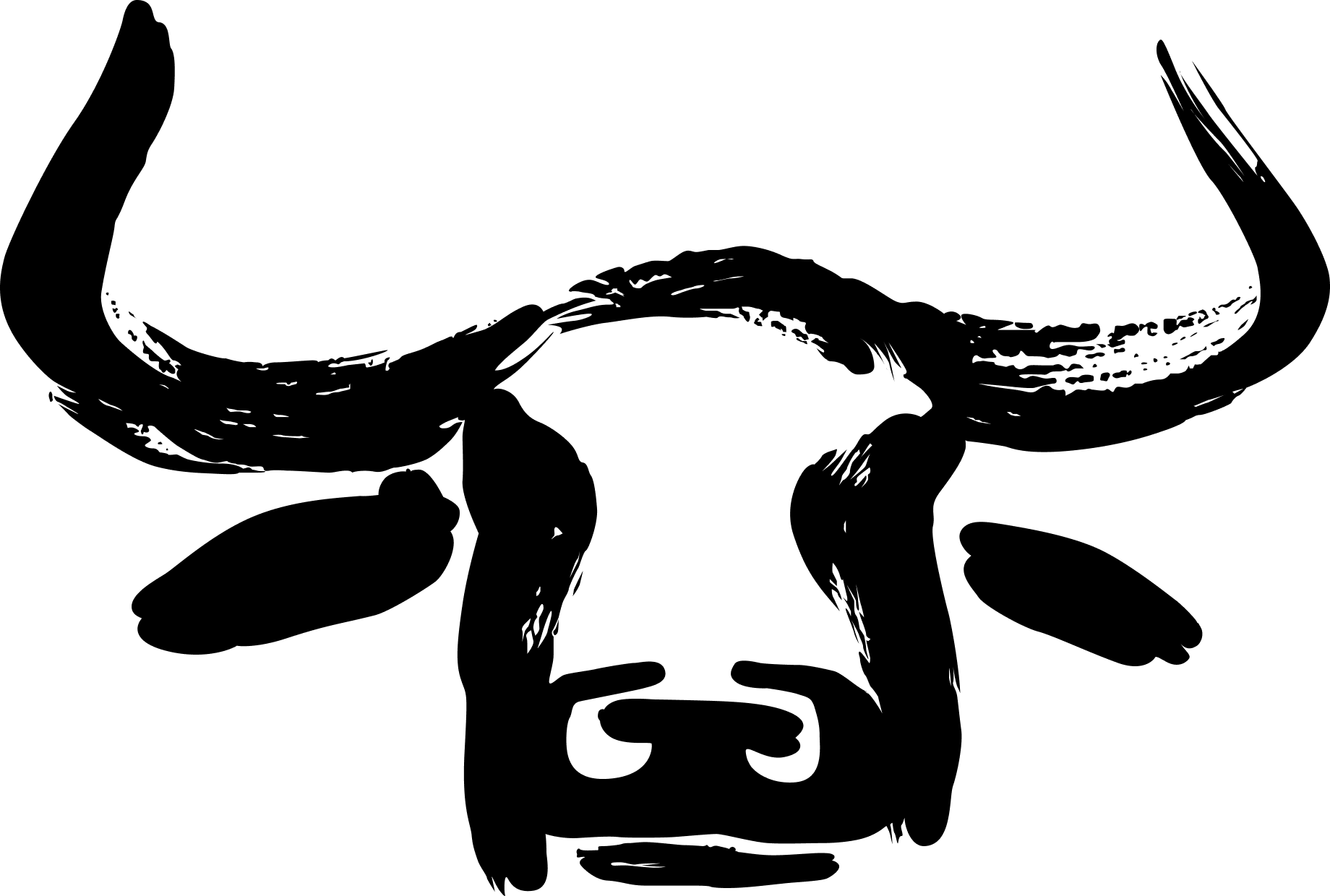
Published in News
Market Pulse: Pork Export Shifts, a Salmonella Crackdown, and French Poultry's Recovery
The US pork sector targets new Asian markets as EU prices rise, Brussels launches a new salmonella reduction plan, and the French poultry sector shows signs of recovery.

Bo Pedersen
Chief Revenue Officer
International Trade: US Pork Gains Competitive Edge in Asia as EU Prices Rise
What happened: US pork exporters are increasingly capturing market share in key Asian markets like South Korea and Japan, a trend being driven by the significant price gap between US and EU pork. High production costs in Europe have made EU pork less competitive on the global stage. Industry analysis shows that US pork is currently trading at a significant discount to its European equivalent, allowing American exporters to make substantial inroads.
Why it matters: This represents a significant shift in global pork trade flows. For years, the EU, led by Spain and Denmark, has been a dominant supplier to high-value Asian markets. The current price disparity threatens this position and could lead to a long-term recalibration of trade relationships if EU producers cannot bring their costs under control.
Implications & suggested actions:
EU Processors & Exporters: The price gap is a major threat to your export volumes. Focus relentlessly on operational efficiency to manage your cost base. At the same time, double down on marketing the specific quality attributes of European pork, such as welfare standards and provenance, to justify a premium price.
Wholesalers & Importers (Asia): This is a key opportunity to diversify your sourcing and leverage the competitive pricing of US pork. However, maintain relationships with your European suppliers, as currency fluctuations and future cost changes could quickly alter the market dynamic.
Farmers (EU): The competitiveness of your end product on the global stage is crucial for the prices you receive. This highlights the importance of supporting industry-wide efforts to improve efficiency and manage on-farm costs.
EU Regulation: Brussels Launches New Salmonella Reduction Plan
What happened: The European Commission has launched a new, harmonised strategy to reduce the prevalence of salmonella in poultry flocks across the EU. The plan includes stricter targets for Member States, investment in improved on-farm testing and biosecurity measures, and a review of controls at the processing level. The move is a response to a recent EFSA report that highlighted a worrying stagnation in the reduction of salmonella cases.
Why it matters: This signals a renewed regulatory focus on one of the most persistent food safety challenges in the poultry sector. It will increase the compliance burden on farmers and processors and put a greater emphasis on a whole-chain approach to control. For businesses, it means that demonstrating robust salmonella control will become an even more critical part of supplying major retailers and food service companies.
Implications & suggested actions:
Poultry Farmers: Be prepared for more stringent testing protocols and an increased focus on biosecurity during audits. Work with your vet to review and update your salmonella control plan to ensure it meets the new, higher standards.
Processors: The focus on whole-chain control means you will need to demonstrate robust traceability and verification of your suppliers' salmonella status. Review your intake procedures and be prepared for greater scrutiny from both regulators and customers.
Retailers & Food Service: This is a positive move for food safety and brand protection. Engage with your poultry suppliers to understand how they are implementing the new EU strategy and ensure your own due diligence systems are aligned with the new requirements.
Market Trends: French Poultry Sector Shows Signs of Recovery
What happened: The French poultry industry is showing the first clear signs of a production recovery after two years of devastating Avian Influenza (HPAI) outbreaks. The latest census data indicates a 5% increase in the chicken flock and a 7% increase in the turkey flock compared to the previous year. This restocking has been supported by a widespread HPAI vaccination campaign and government aid, though production levels still remain below the pre-crisis highs.
Why it matters: As a major EU poultry producer and consumer, France's recovery is a significant market event. It will help to stabilise poultry supplies and prices across the EU, which have been volatile due to the production losses in France and elsewhere. The success of the vaccination campaign is also being watched closely by other member states as a potential long-term strategy for managing the disease.
Implications & suggested actions:
French Farmers & Processors: This is a welcome sign of recovery, but the market remains fragile. Continue to focus on the highest levels of biosecurity and work closely with your customers to rebuild supply volumes in a controlled manner.
EU Poultry Exporters to France: As French domestic production comes back online, expect increased competition. The 'emergency' demand for imports seen during the crisis will begin to subside, so it is crucial to focus on service, quality, and your specific points of difference to retain your French customers.
Wholesalers & Buyers (EU-wide): The return of French volumes should bring a welcome degree of stability to the wider EU poultry market. However, be aware that the ongoing risk of HPAI means that the situation could still change quickly.
Sources
US gains pork export advantage as EU prices remain high - National Hog Farmer (20 August 2025)
European Commission announces new EU-wide salmonella control strategy for poultry - EFSA (21 August 2025)
French poultry flock shows first signs of recovery post-HPAI crisis - FranceAgriMer (21 August 2025)
